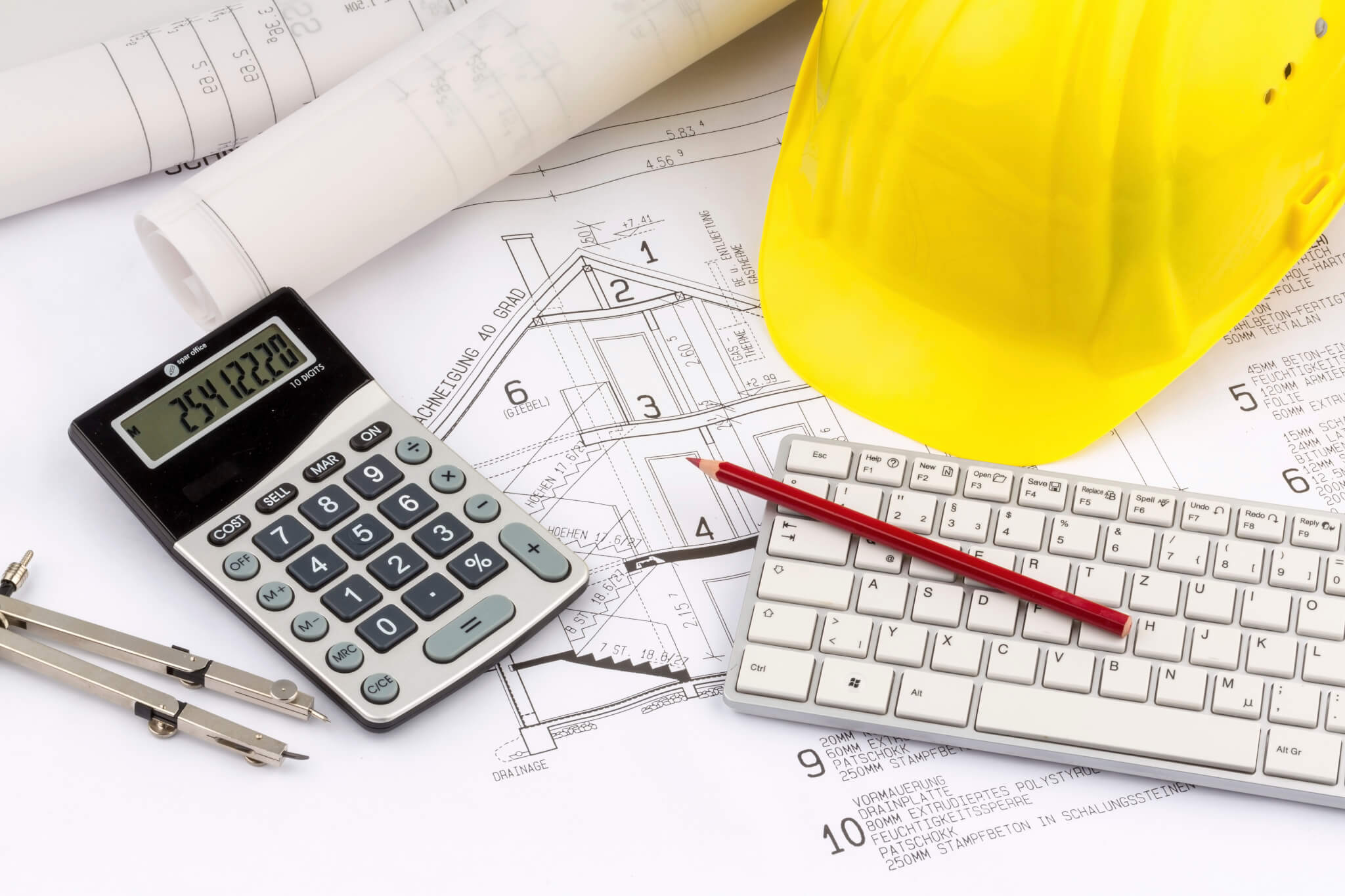Access the A201®–2017
To purchase a one-time use license for this document, visit the link below:
A201®–2017, General Conditions of the Contract for Construction
Interested in getting unlimited access to our full 250+ library of agreements and forms? Visit the link to learn more: https://aiacontracts.com/subscriptions/unlimited-subscription
August 16, 2023
Understanding General Conditions Costs
In the construction industry, the term “general conditions costs” refers to indirect expenses incurred during a project. These costs typically cover project management, administration, coordination, and operational support essential for smooth execution. Contractors account for general conditions costs in their estimates to ensure all necessary project-related services are covered when bidding or negotiating contracts.
Factors Affecting General Conditions Costs
General conditions costs vary based on multiple factors, including project size, complexity, location, and scope of work. Article 7 of A102™-2017, Standard Form of Agreement Between Owner and Contractor where the basis of payment is the Cost of the Work Plus a Fee with a Guaranteed Maximum Price, outlines several common general conditions cost components.
Common Elements of General Conditions Costs
1. Project Administration
Administrative expenses typically include wages, salaries, and benefits for key personnel, such as:
- Superintendents
- Project managers
- Administrative staff
These professionals oversee daily operations, coordinate tasks, and manage project-related communications.
2. Temporary Facilities
Construction projects often require temporary infrastructure, such as:
- Job trailers and site offices
- Portable restrooms
- Storage units
These facilities may involve installation, maintenance, removal, and rental costs.
3. Cleanup and Waste Management
To maintain site organization and compliance with regulations, contractors allocate funds for:
- Debris removal
- Construction waste disposal
4. Permits, Inspections, and Testing
Regulatory compliance requires securing necessary permits and covering costs associated with:
- Inspections by local authorities
- Structural and safety tests
5. Safety and Security Measures
Protecting workers, equipment, and the site is a priority. Costs in this category may include:
- Safety equipment and training
- Security personnel or surveillance systems
6. Mobilization and Demobilization
These costs account for the transportation and storage of:
- Equipment and heavy machinery
- Construction materials and supplies
7. Weather Protection
Adverse weather conditions can impact project timelines and quality. Contractors may invest in:
- Temporary enclosures
- Weatherproofing materials
8. Insurance and Bonding
To mitigate risks, contractors must secure:
- General liability insurance
- Performance bonds and other required coverages
How Contractors Estimate General Conditions Costs
Contractors typically use past project data to develop a baseline for general conditions costs. These costs can be calculated as:
- A percentage of the total project cost, or
- A fixed lump sum included in the project bid
Accurately estimating general conditions costs is crucial for financial planning and competitive bidding, ensuring all necessary resources are accounted for while maintaining profitability.
By understanding and effectively managing general conditions costs, contractors can optimize project efficiency, enhance budgeting accuracy, and minimize financial risks.
AIA Contract Documents has provided this article for general informational purposes only. The information provided is not legal opinion or legal advice and does not create an attorney-client relationship of any kind. This article is also not intended to provide guidance as to how project parties should interpret their specific contracts or resolve contract disputes, as those decisions will need to be made in consultation with legal counsel, insurance counsel, and other professionals, and based upon a multitude of factors.

